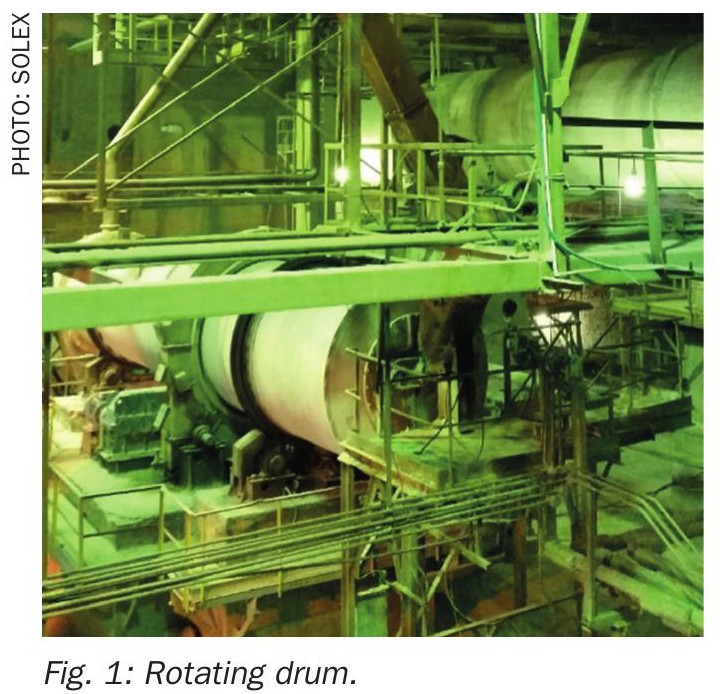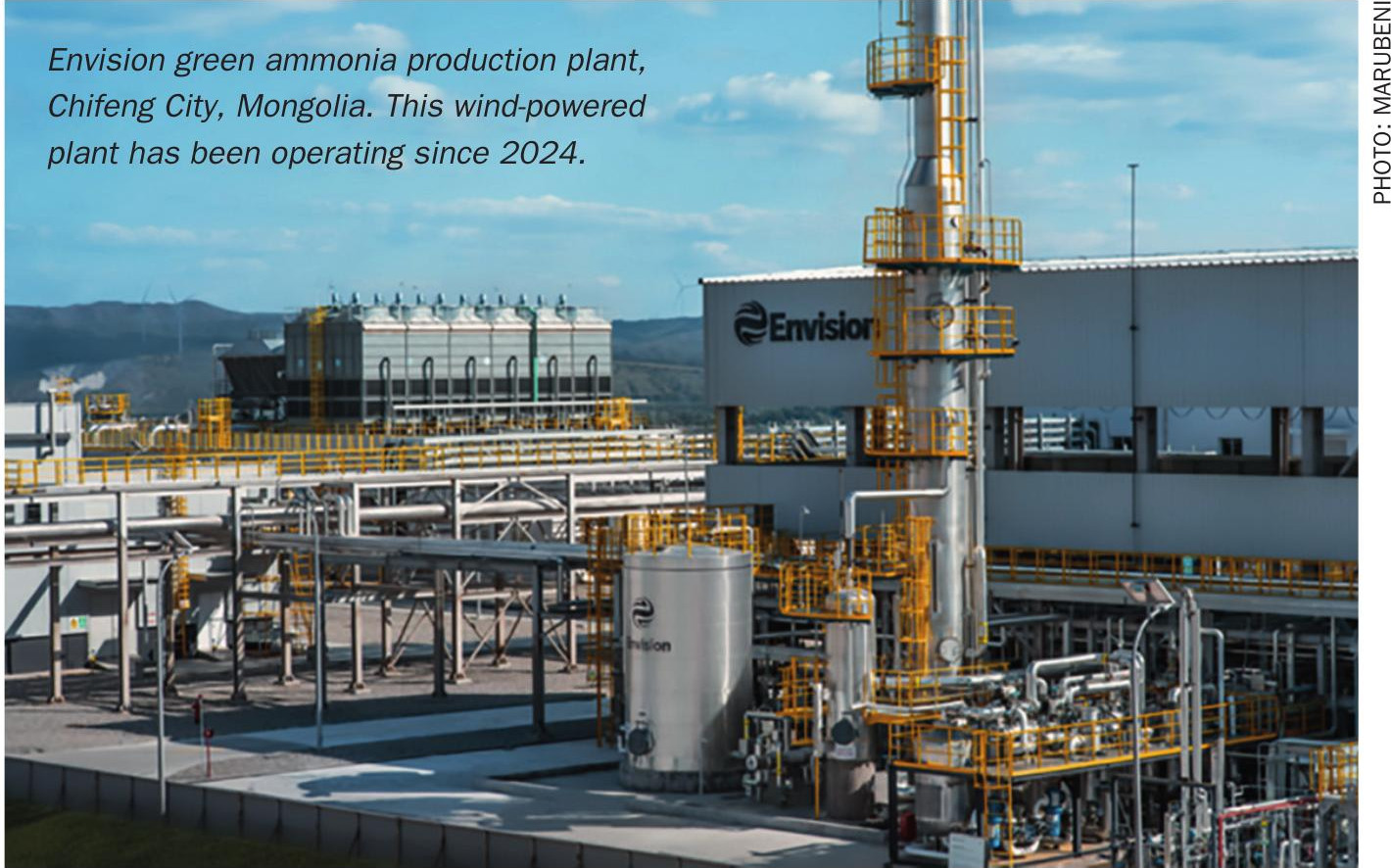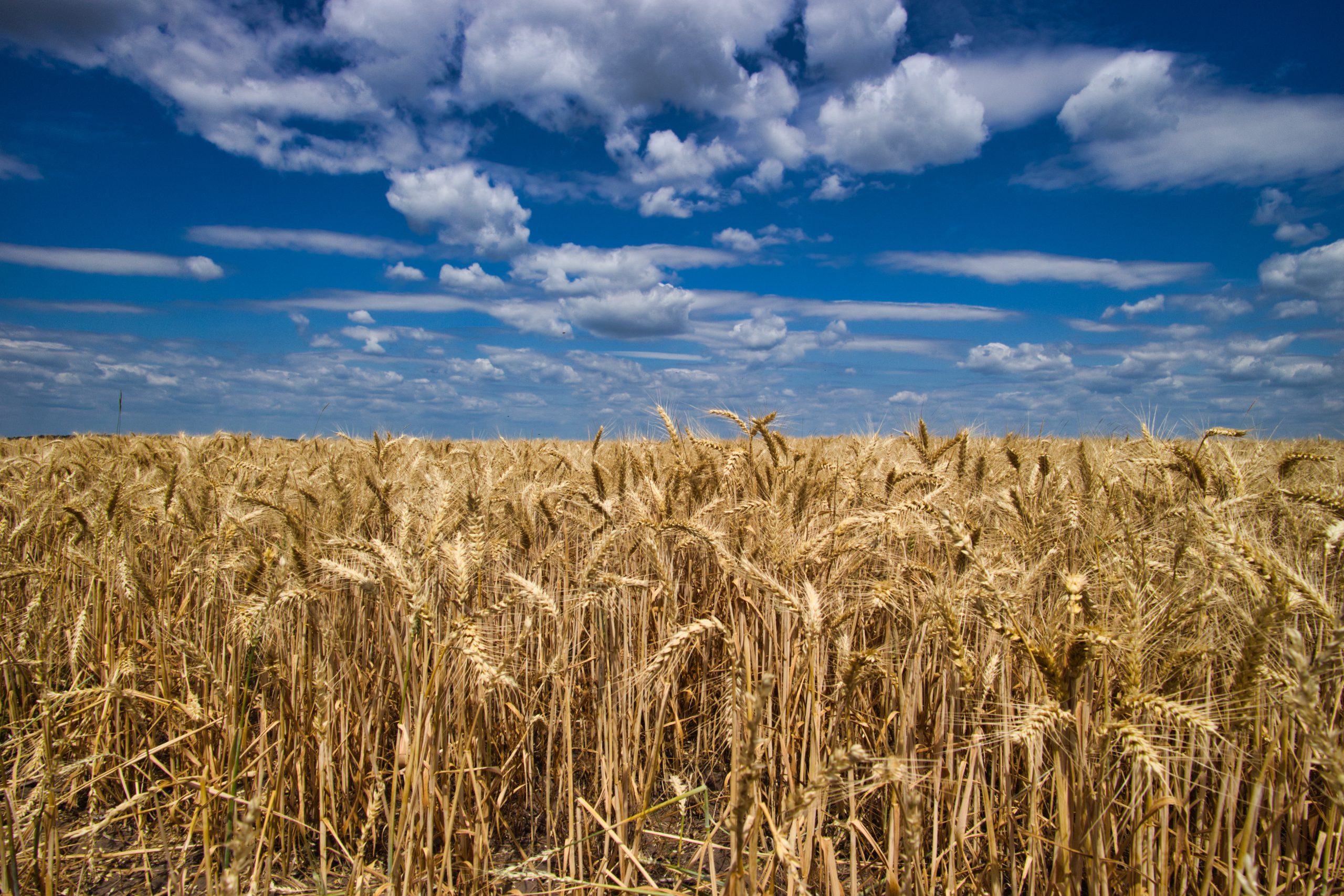Fertilizer International 516 Sept-Oct 2023

30 September 2023
Unlocking the full value of crop residues
CROP NUTRITION
Unlocking the full value of crop residues
Crop residues are the plant materials that are left in the field after the harvested portion is removed. Many growers are increasingly valuing these materials due to their nutrient content and soil health benefits. Dr Karl Wyant, Nutrien’s Director of Agronomy, highlights the value of crop residues and discusses how to manage these more effectively without interfering with on-farm activities. Ag retailers, in particular, are well-placed to advise growers on how to unlock value from their residues.
Growers are increasingly adopting practices (e.g., no tillage, reduced tillage, cover cropping, etc.) that allow residues to accumulate on the field. Although beneficial to crops and soils, this can negatively impact other key operations due to extra costs, slow spring warm up at planting, and by interfering with farm equipment.
How, then, can growers derive the most value from their crop residues while avoiding these potential downsides?
What are residues?
Crop residues are the plant parts that remain on the field (e.g., leaves, stalks, stems, etc.) after the harvest is completed (see main photo). While residues are often considered a waste product of the ‘main event’, the industry increasingly recognises that improved residue management makes agronomic and financial sense.
Research has shown that, by keeping residues on the field and allowing them to decompose over time, a grower can improve soil organic matter (e.g., soil carbon), reduce wind and water erosion, better control evaporation and runoff, and increase the infiltration of rain, snow, and irrigation water.
Growers have also reported higher yields under improved residue management systems. This is most likely due to substantial recycling of the N, P and K present in decaying plant tissues, these being released to be used again by the following crop when acted on by soil microbes.
Consequently, what were once viewed as an afterthought in crop production – residues – have gained considerable attention in farming operations across the globe. Fertilizer producers and agricultural input providers alike are now presented with opportunities to engage with growers in residue management, as outlined here.


Residues as a source of nutrients
Crops need fertilizers, together with other available nutrient sources, to build the entire plant (roots, shoots, stems, leaves, grain, etc.) over the growing season. The whole nutrient management plan therefore contributes to supporting plant growth with the end goal of a profitable yield.
One can get a sense of how much NPK a crop needs by looking at the total nutrient uptake of the plant over the season (IPNI, 2012). These values are much larger than the fraction that is removed from the field in the harvest.
Subtracting the NPK (kg/ha) in the harvested portion from the total uptake NPK (kg/ha), for a given crop and yield, will reveal how much NPK potentially remains in the crop residue at the end of the season (Figure 1a). Furthermore, by multiplying these values by the fertilizer cost of each nutrient ($/kg NPK), you can assign a financial value to the nutrients contained in the residue that could be liberated for future crop use (Figure 1b).
One challenge that remains, when evaluating nutrient release from residues, is how to allow for the recalcitrant nature (e.g., hard to decompose) of the remaining plant parts at the end of the season (e.g., stems, stalks, husks, etc.). In practice, there are several management options available (see Figure 2) to ensure the timely release of crop nutrients from residues to help maximise their value.

Managing residues
A grower has several options for managing crop residues. Table 1 presents the most common management techniques and their benefits and disadvantages. Growers can face potential yield penalties if they do not manage residues properly or ignore them all together.
The accumulation of residues on croplands does have disadvantages. Residues can, for example: prevent the soil from warming at planting in colder climates; harbour pests and diseases; interfere with on-farm operations (e.g., block the planter, clog harvesting equipment, etc.). Furthermore, unless residues are actively managed, the grower may also have a lost opportunity for a timely nutrient source for the next crop (Figure 2).
Several options have been developed to help deal with the disadvantages of accumulated crop residues. Burning residues is an attractive option in some regions due to its low cost and speed. But concerns about air pollution, increased regulation, and the loss of crop nutrients has caused some growers to rethink this approach.


Tillage, in some form or another, helps to bury residues, which can hasten decomposition and limit their potential interference with planting and harvesting activities. On the other hand, tillage can disrupt soil structure and has costs associated with labour and equipment.
Finally, some growers choose to bale or graze their residues. This can provide a year-end income stream and help reduce future residue interference with farm activities. However, grazing and baling can accelerate nutrient export off the field, leading to higher fertilizer inputs for the next crop. In summary, traditional residue management practices offer several benefits but often have drawbacks (Table 1).
Overall, the drawbacks are making current residue management tools look less attractive, given recent trends to improve soil health and quality though no-tillage or reduced tillage, cover cropping, etc, or outright bans on burning.
So how might a grower and their ag retailer solve the challenge of accumulated residues when traditional tools are no longer employed? Enter new product technologies on the marketplace for improved residue management.

Emerging trends in residue management
In recent years, several approaches have emerged promising to enhance residue management while eliminating the drawbacks from common practices mentioned in the previous section. Products can be sorted roughly by their active ingredients (see Table 2 for examples).
Although these emerging products represent a potential new cost to growers, their adoption could hasten the release of the nutrients in the residue and help farmers unlock the fertilizer value therein (see Figures 1a & 1b). Ag retailers and product suppliers, therefore, have an opportunity to educate their customers on how to correctly use and position new technologies for optimum efficacy and performance.
In the field, adding nitrogen (e.g., UAN 32-0-0 or a high N analysis residue management product) in with post-harvest weed burn down sprays or water runs has been reported to help with residue management. Proponents claim the nitrogen in the fertilizer helps overcome N limitation in carbon-rich residues, so allowing microbes to flourish. While some debate exists on the efficacy of this practice, it remains a popular option nonetheless (see end bibliography).
Other new emerging trends in residue management centre around soil microbes – the organisms in the soil that are doing the heavy lifting on decomposition. Soil microbes include bacteria and fungi that live within the soil, on the soil surface, and even occupy the residue itself.

Microbes are also known for their role as pathogens and for causing disease in agricultural systems. However, in this case, we are relying on the microbes to perform decomposition – the key essential function for improved residue management.
Essentially, decomposition is the cumulative activity of the bacteria and fungi as they ‘work’ on crop residues. These microbes consume the decaying plant parts for energy (carbon) and nutrients and then release nutrients back to the soil, so contributing to and building the overall fertility of the field.
Due to their vital role, several residue management strategies have been proposed to optimise microbial populations to ensure they continue to be active in the soil after harvest:
- A first strategy involves adding living bacteria and fungi to the crop residue. By ‘inoculating’ the residue in this way, the goal is to raise the decomposition rate of the residue by increasing the microbial populations. One challenge with these products is keeping the living organisms alive during storage, application, and post application. A non-viable product, at any stage, can lead to reduced efficacy and wasted input dollars.
- A second strategy involve skipping the living microbial ‘middleman’ altogether by simply adding enzymes – the chemical machinery microbes themselves use to drive residue breakdown. Enzymes are non-living and can be applied with post-harvest herbicides or other materials. A potential drawback is that, because many enzymes are highly specific to the decomposition of certain plant parts (e.g., cellulose, lignin, etc.), the grower must match the product ingredient to the crop residue and its properties.
- A final strategy involves the use of microbial foods. These are a broad class of ingredients whose goal is to feed the bacteria and fungi that are already in the soil and residues. The aim here is to hasten residue breakdown by feeding these decomposers with a carbon source that increases their populations after harvest. This strategy assumes microbes are limited by the availability of an edible carbon source and not limited by nitrogen (see above section).
The fact that microbial foods are non-living should make mixing and compatibility less of a concern relative to microbial inoculants (the first strategy). A drawback of this approach, however, is that soils with very low microbial counts might struggle to provide enough activity to improve residue breakdown.
In any case, with so many new residue management products on the market, growers are turning to their ag retailers for more information and help with selecting the right ingredient to meet their goals.
Closing remarks
Crop residue management continues to attract attention as growers look to reliably recycle nutrients into next year’s growing season. Furthermore, many growers are recognising the nutrient and soil health contributions of residues and incorporating these into management plans.
Growers are also having to contend with increased residue biomass overall, as traditional residue management systems are phased out (e.g., burning), or conservation practices are put in place (e.g., reduced or no tillage and cover crops). If poorly managed, residues can negatively impact other key operations due to costs, slow spring warm up, and interference with equipment.
The current situation does, however, provide opportunities for the ag retail supply chain to step in. Ag retailers are well positioned to help growers better understand the value of their crop residues. They can also provide the know-how and right products to help their customers unlock the full post-harvest potential of their crop.
Bibliography






